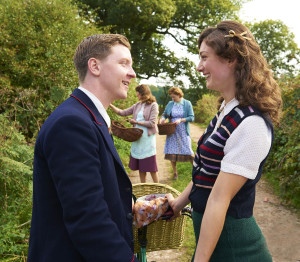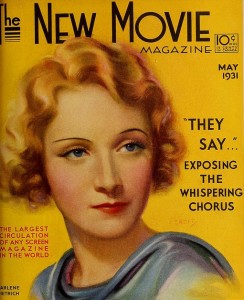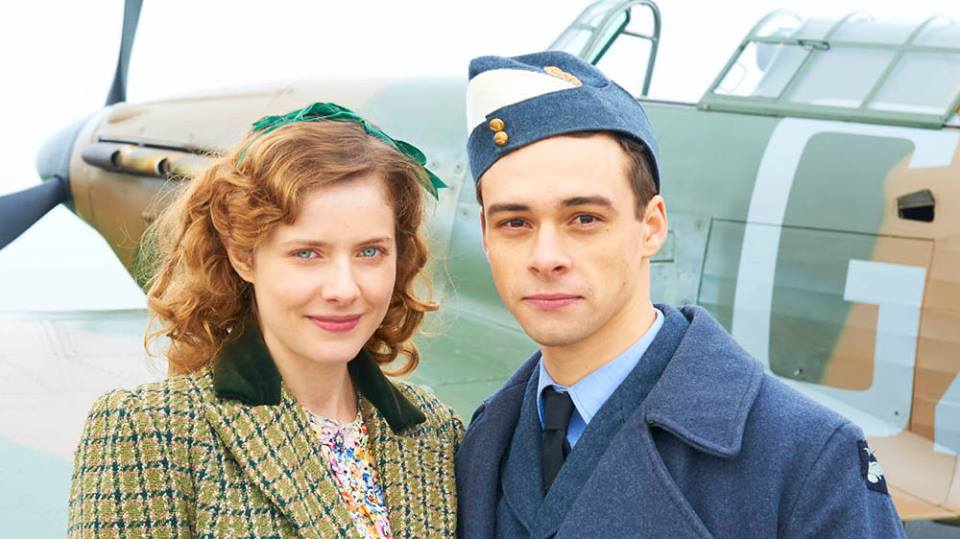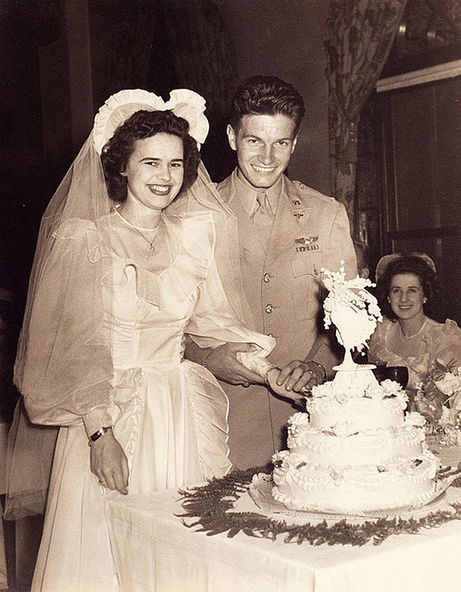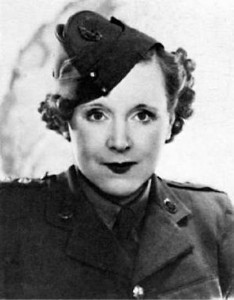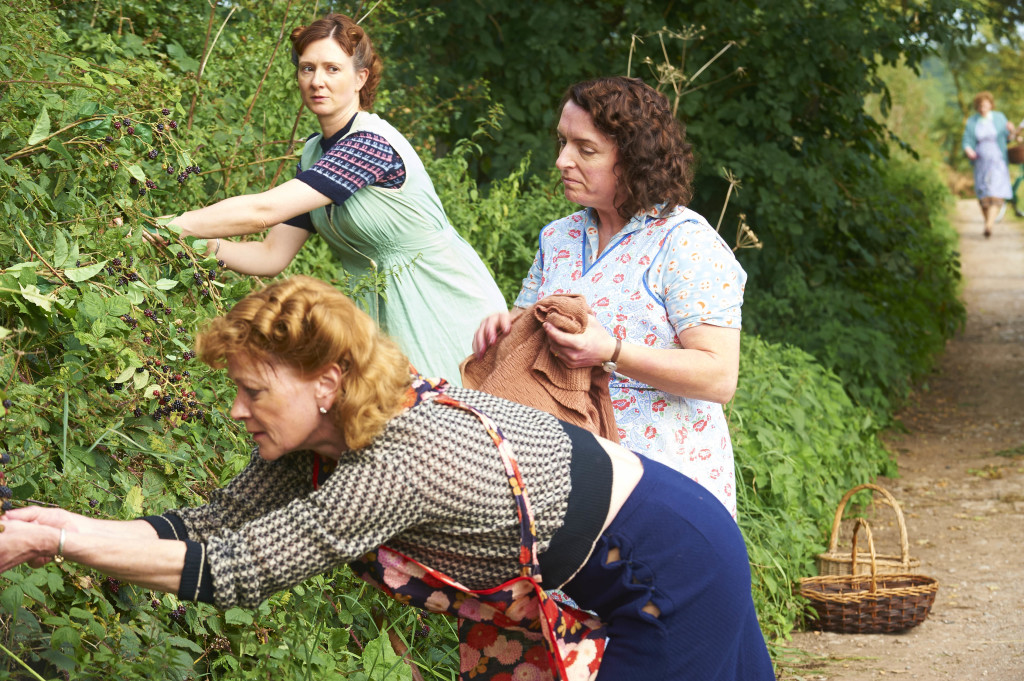Home Fires series 2 begins on Sunday 3rd April at 9pm on ITV. It is so exciting to be going back to Great Paxford to see what will happen to the characters that we were introduced to in 2015. Many people have asked me over the last few months whether I have had to write another book for series 2. I have not: Jambusters is a non-fiction ‘biography’ of the Women’s Institute covering the entire Second World War. Simon Block, the creator and writer of Home Fires, used and continues to use the book and my research as the inspiration for his drama. Inspiration is the key word here. Home Fires is not based on Jambusters per se but rather set in a fictional version of the same era that I describe in my book. Some of the stories that you will come across in series 2 of Home Fires have evolved directly from Jambusters, others have been the result of research, conversations and other lines of inquiry. From my perspective this is fascinating and exciting. The link to history of the Second World War and life on the Home Front in Jambusters anchors the series in the 1940s but leaves Simon Block free to let his characters grow and develop in Great Paxford.
I have to be a little careful not to give anything away about series 2 because I might spoil people’s enjoyment of the drama. However, what I can say is that it takes place against the extraordinary summer of 1940. Series 1 set the scene for what happened in rural Britain during the early months of the war in the period known as the Phoney War. The unnatural calm of the winter and spring of 1939-40 was about to be shattered by the Blitzkrieg when Hitler’s army marched into the Netherlands, Belgium and France. The British Expeditionary Force, who had spent the winter guarding the Maginot Line, was suddenly called into action against a furious, implacable, overwhelming foe. This began on 10 May and by the end of the month over 330,000 Allied troops had been evacuated from Dunkirk.

A month later France fell to the Germans and Britain stood alone on the edge of Europe waiting with baited breath for an invasion. It was a summer of high drama and danger; a summer when thousands of families opted to send their children abroad to the USA, Canada and Australia. It was also a summer of bountiful harvests, glorious weather and prodigious activity by the WI on the food production front. Britain was never invaded, as we all know, but everyone, even Churchill himself, thought it the likeliest outcome at the time. Elaborate emergency plans were laid to and a secret guerilla army was built up throughout the country and trained to carry out acts of sabotage behind enemy lines. It was the moment in the war when Britons realised that it was up to them to fight; to resist whatever threat might be around the corner and it proved the making of many on the Home Front. Far from panicking, people resolved to be calm and brave and it is this extraordinary stoicism which became defined, later, as the Blitz spirit.
But Britons were not entirely alone. Canadian troops had been in the country since December 1939 and immediately after the fall of France Churchill welcomed a large number of battle-hardened troops from the continent. Nearly 5,000 Czechoslovak and 20,000 Polish Forces would turn out to offer immeasurably valuable support during the Battle of Britain when the German Luftwaffe tried, but failed, to gain air superiority over the Royal Air Force. This is the backdrop for series 2 of Home Fires.
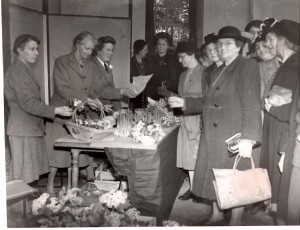
One of the aspects of Home Fires which I found most rewarding was the bonds of friendship that grew up between the actors when they were on set for filming. It mirrored closely the extraordinary bonds that developed during the Second World War when women were thrown together in a wholly unfamiliar situation, put upon by every department in government imaginable and expected to cope. They coped and with humour.
Nothing could have delighted me more when I read Samantha Bond’s reply to a question asking her what it was like to reunite the cast:
‘It was absolutely glorious. I’m afraid we are appallingly happy and we relish each other’s company on set and off. I can’t remember ever having been in a company so happy and so funny and so full of love. All immensely supportive of one another. I adore them. And our men. All brilliantly written by a man. Simon Block has done a fantastic job.’

I made three visits to set in the autumn and each time I was aware of the great atmosphere on set and the mutual support and respect the actors had for each other’s performances. I watched a wonderful scene filmed in the church when Sarah Collingbourne (Ruth Gemmell), the vicar’s wife, makes an emotional speech about coping at this difficult time. Samantha Bond said of this outstanding performance: ‘It’s just stunning. I was sitting on the front pew trying to be the grown-up big sister, sending your little sister waves of support. And I just kept crying. We were all in pieces.’ So was I.
But a film set is a place of work and one of the striking aspect of set visits from the point of view of someone who spends their working life with her nose in a book or an archive, is that there are so many people involved. I have said this before: there are more people working in the Make-Up truck at the unit base for Home Fires than are involved in the production of one of my books. Well, on the editorial side at least. On set everyone is so professional, clear-headed and confident in what their role is. For me the fun is in the detail. I’m often described as a scratch and sniff historian because I like tiny snippets that tell me something about the minutiae.

So this photograph of stockings drying in a trailer is one of my favourites from series 2.The actors wear real stockings, not tights. The wardrobe is authentic to the last inch and I love that. The clothes are hired from Angel Costumes and all date from the 1930s and 1940s, shoes and underwear included according to Melissa Cook, who is in charge of the wardrobe. It is as important for me as making sure the lettering used on the war memorial is of the era (it is) and that the cows are the right breed (they are). The telephone exchange, the cars, the tractor are all minutely observed. Even the ration books look authentic.When details like this are correct but don’t get in the way you can trust the rest of the drama, which I do.

The filming was done in Cheshire, where fictional Great Paxford is set, and it is a stunningly beautiful corner of the North West which is still relatively unknown. Although the phone signal is poor and one Cheshire lane looks very like another – imagine what it was like for incoming drivers when all the signposts were removed – everyone in the cast speaks very fondly of the area around Bunbury. Claire Rushbrook, who plays Pat Simms, said recently: ‘You do have to pinch yourself that you’re working. Because it’s just stunning around there. . . I hope the viewers enjoy it as much as we enjoyed making it.’
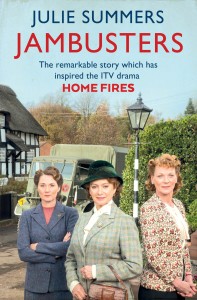
Weekly blogs will appear here to introduce each episode. No spoilers, just a little background historical information for anyone interested in knowing a bit more about the war. And of course there’s history, sticky jam and plenty of laughter in Jambusters. You won’t meet Frances Barden or Pat Simms but you will meet their true historical counterparts: Edith Jones, Clara Milburn and Ruth Toosey, whose stories are equally fascinating, although their hair and make-up might not have been quite so beautiful…


